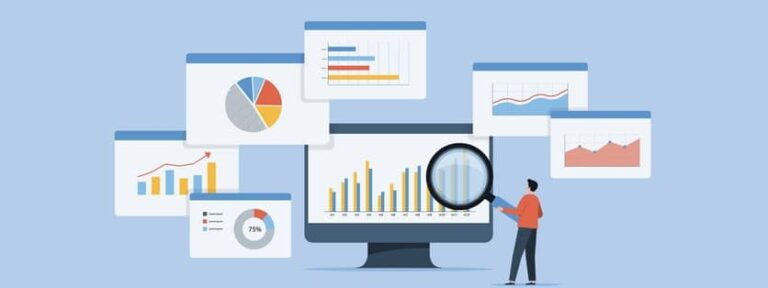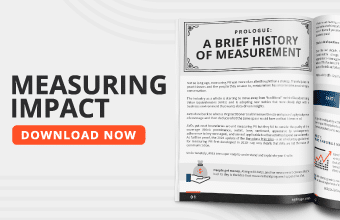As a PR professional, I have witnessed the evolution of PR measurement manyfold over the last 10 years. Today the conversation is not about trying to show the value of measurement, but rather which metrics and what measurement programs are best for a given objective. Among endless reams of data, the value now lies in parsing the truly meaningful insights for specific and collective analysis.
This is a huge leap forward for the industry, and this is largely thanks to leading associations such as the Association of Measurement and Evaluation of Communication (AMEC), the Public Relations Society of America (PRSA), the International Association of Business Communicators (IABC) and many local PR forums in various countries who have been pursuing the agenda of PR measurement.
The proliferation of measurement is not limited to large organizations—small and mid-sized brands and businesses also recognize the significance of investing in PR programs and evaluating their impact. But is measurement a task that PR teams can just add to their already extensive list of responsibilities? Does the average practitioner or team leader really have the time, resources or skillset necessary to handle this adeptly?
The answer is a resounding NO!
Measurement is not a mere task that can be handled by multitasking practitioners in their available spare time—measurement is a whole field in and of itself and requires a dedicated team and resources because balancing time, skill, systems and resources is not a feasible option for one person to do it all.
Measuring the value of PR is a blend of art and science, melding the logic of patterns and numbers with the creative art of storytelling to decipher and scale underlying insights. To develop a comprehensive and clearly focused measurement program that genuinely informs strategic decision-making, these are among the crucial components that must be in place:
- Data: Establishing a robust data-gathering system is paramount. This encompasses not only media coverage but also a wide spectrum of business data, ranging from sales figures to website traffic and social media metrics. Data integrity is key, necessitating consistency over time and comparability across different entities, such as brand positioning, competitors, etc.
- Objectives: Clearly defining the objectives of the measurement program is essential. What questions are you trying to answer? Which decisions should the measurement inform on a regular basis? What business objective is the PR trying to impact? These and other such factors need to be considered in specifying the objectives of the measurement. While the PR team is the best source to provide this information, only trained analysts can translate these objectives into quantitative and qualitative metrics and provide the most actionable insights. An objective third-person assessment that factors in both the integrity and quality of your measurement objectives is critical to the success of the program.
- Audience: Identifying the audience for the measurement program requires careful consideration, and often multilayered insight segmenting. While stakeholders such as senior management may request it, the primary audience should be the PR team itself. They need insights into conversations, successes, and areas for improvement so they can refine their strategies effectively. Tailored reports can then be generated for various other stakeholders based on their specific objectives.
- Frequency: Determining the frequency of reporting depends on certain industry dynamics. Industries with rapidly evolving news cycles may necessitate more frequent updates, whereas others may require a less frequent cadence. A balance between short-term and long-term reporting is often most beneficial. Besides regular cadence reports, there may be requirements for ad-hoc supplements for each specific development or initiative.
- Presentation: Reports should prioritize visual representation, especially for external audiences beyond the PR team. Visual storytelling aids in clearly conveying key findings while capturing the nuances of the data. This requires higher-level graphic skills and familiarity with platforms like Power BI, Tableau and other similar programs. A professional measurement team will have this expertise and can leverage the findings for best presentation.
Designing an effective measurement program requires a diverse skill set, including expertise in data interpretation, creative storytelling, analytical understanding of the industry involved in the campaign, as well as meaningful presentation. It’s unrealistic to expect any single individual to possess all these skills at an expert level. Media reporting is not a job for one person—it is a job for a collaborative team. Only professional measurement teams employ the unique data-management skills, analytical expertise and results-focused capabilities to create insightful, timely and actionable media reports and build centers of excellence.
Enlisting a professional agency or team to develop and produce regular reports is the most practical and beneficial approach for your team, as well as for your company or clients. This level of access to the spectrum of skills and resources necessary for comprehensive PR measurement and reporting is the most reliable way to be sure you have the accurate insights you need to drive plannable, consistent campaign success.







